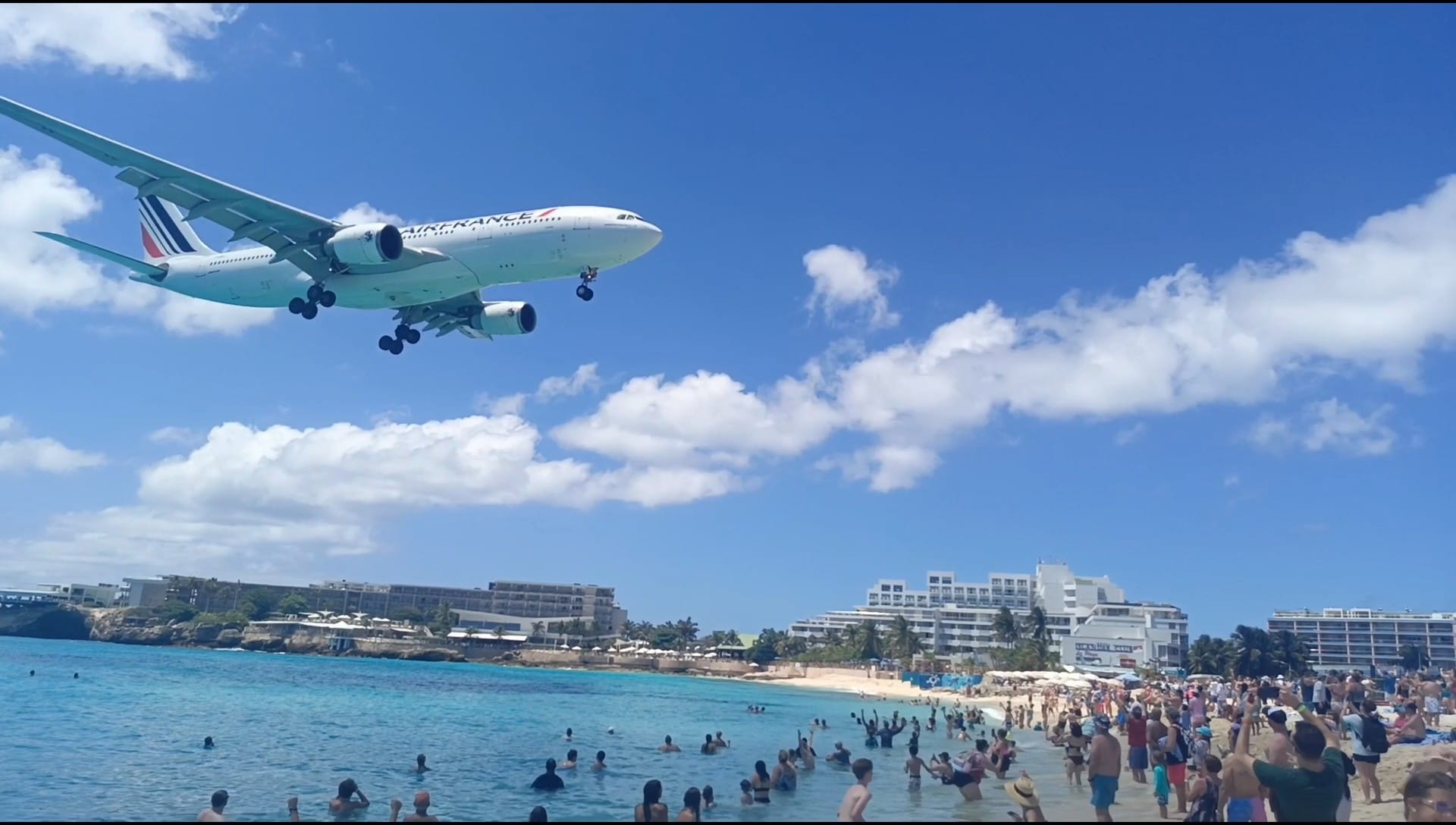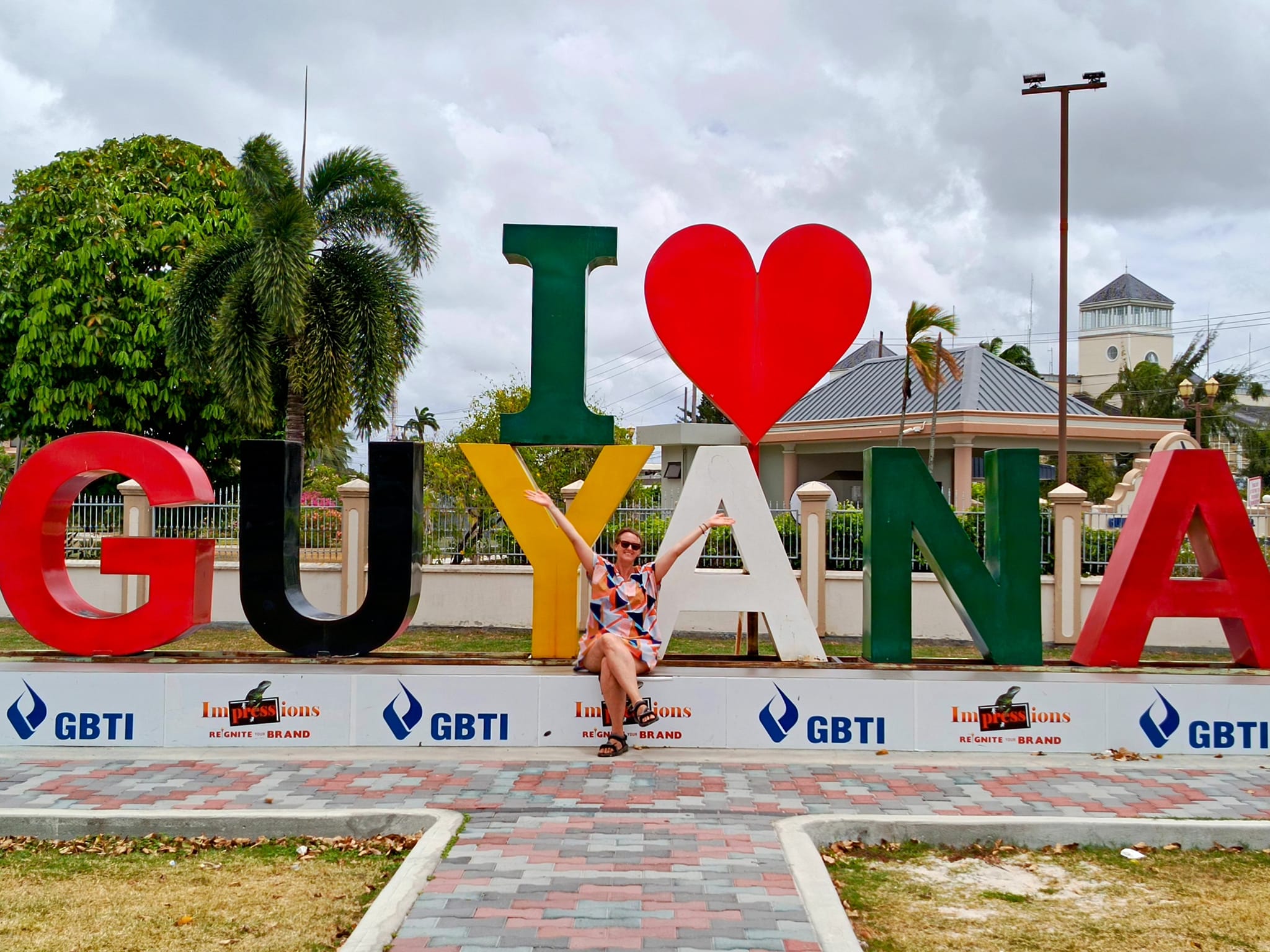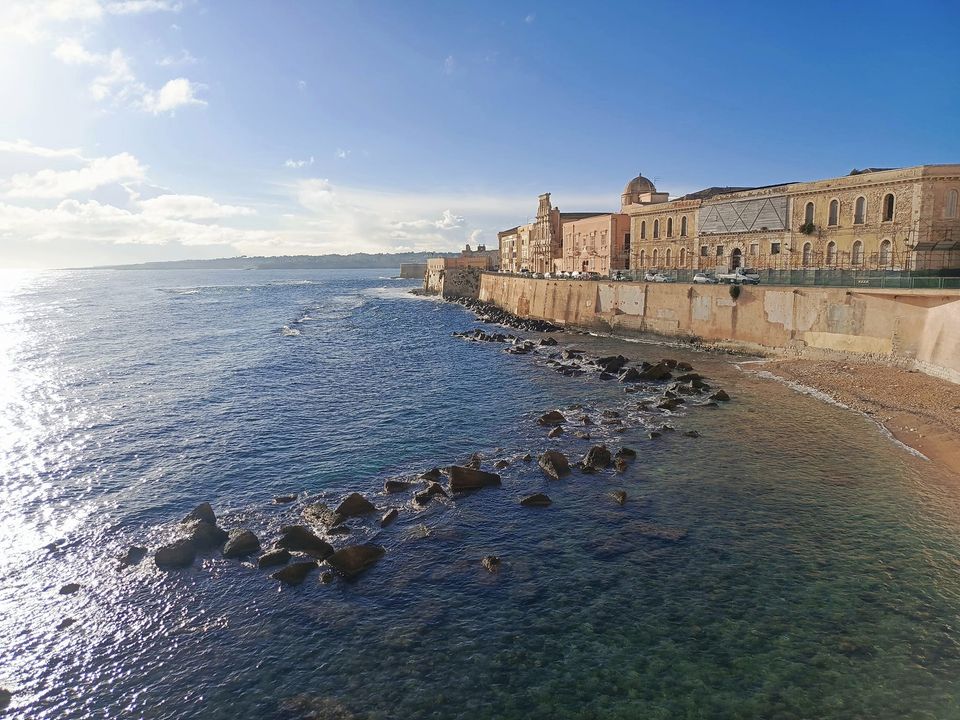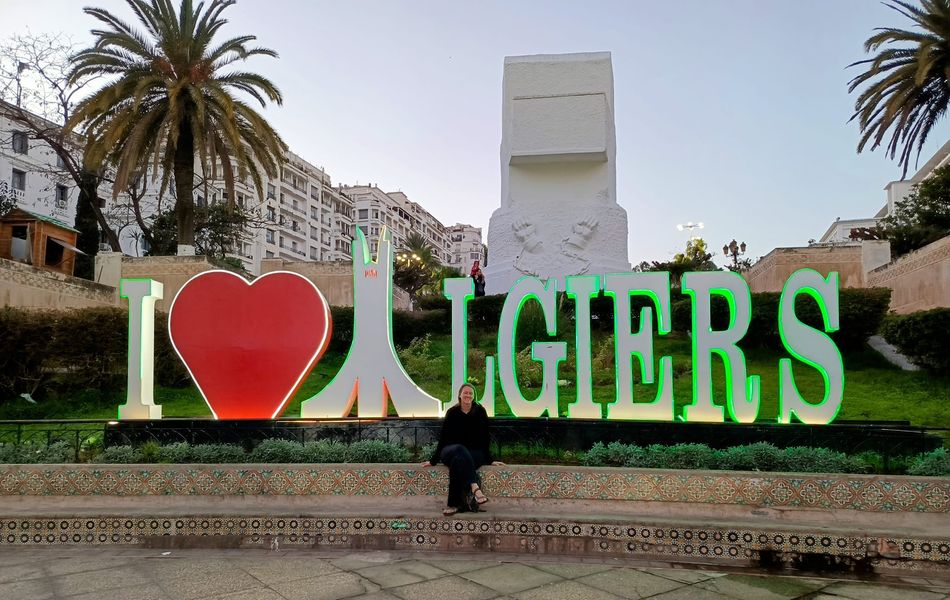While there are some places on my travel bucket list that I have been wanting to visit for years, Socotra was actually a relatively new addition to my wish list. I knew virtually nothing about it until about a year ago and even then; it was bascally just what I saw in people’s photos. However, as more and more people I know started going, it began to creep its way further up my list.
When I magically, and unexpectedly, had the chance to travel anywhere I wanted in the world for year, Socotra was firmly at the top of my mind. The tourist season is relatively limited with groups mostly going from November until April before it completely stops due to the island’s extreme summer temperatures (trust me, you would NOT want to be sleeping in a tent during that!).
The idea of going to Socotra started to become a reality back in January of 2022 when I started really looking into how to get there. I was in Mauritius at the time which although stunning, it wasn’t the best place to be when it comes to onward travel. Some of the only affordable flights to South Africa which had been effectively put onto the travel blacklist after they reported the omicron coronavirus. Alternatively, I could pay a ton of money for a one way ticket to Dubai. I had one failed trip attempt in February (I knew a guy that was going but I couldn’t get a ticket on the extremely limited flights). It was a good thing as that month, most of the flights were canceled anyways, including the one I would have been on.
I was lucky enough to find another female traveler who also wanted to do Socotra and had dates that worked with mine. We set to work on trying to book a flight and find a tour operator that was within our budget and was actually responsive. There are no commercial flights to Socotra so we had to book through a travel agent on a humanitarian flight that only departed once a week. Unfortunately, the travel agent wasn’t very responsive and it would take a week to get an answer from a question. Luckily, everything worked out and we had flights, visas and a tour operator that said that he was going to pick us up at the airport. We boarded our flight in Abu Dhabi hoping that this was true and we’re happily surprised when we saw a guy holding a piece of paper with our names on it as soon as we landed at the Socotra airport.
As we climbed into the Land Cruiser that was going to be our second home for the next week, my travel buddy and I asked one another if we had any idea what our itinerary was for that week and quickly realized that neither of us had done any research. We just knew that we were going to see cool trees and that we were going to the sleeping in tents. When we asked a fellow “extreme traveler” who had just been there what the bathroom situation was like, he responded with a laughing emoji. That was pretty much the extent of our knowledge but we knew we were going to have an awesome week.
Below is a brief rundown of the different things that we saw during our seven-day tour. You can also find a price breakdown. While it is possible to stay in a hotel, these are very few and far between and most people end up camping at basic campsites with limited toilet facilities. This is really important to keep in mind , especially if you prefer to travel in luxury.
Day 1- Delwah Lagoon
On our first day we were picked up in a land cruiser at the airport and drove to the Delwah Lagoon. This beautiful spot featured an aquamarine lagoon fringed by sparkling white sands and the glittering Arabian Sea.
My travel companion and I went for a long walk down the beach and watched crabs as they scuttled to their homes and we even saw a stingray as we were walking through the lagoon. It was very relaxing although a little hot and I can say it was the perfect antidote to spending the past month zooming through southern Africa.
Day 2 – Boat trip to Shuab Beach and Daxam canyon
The next morning, we started off the day with a boat trip to Shuab Beach. We left around 8 a.m. and only found out later that if we had left a little earlier, we could have seen hundreds of dolphins as they frolicked in the water around us. Regardless, the beach was absolutely stunning and we were the only ones there besides a Slovenian couple who would turn out to be some of the only foreigners we would see throughout the next six days.
We spent a few hours swimming in the crystal clear water before beginning the lovely boat journey back to the makeshift harbor we started from.
We climbed back into the Land Cruiser and headed for the Daxam Canyon, one of the main areas for Socotra’s unique dragonblood trees. These hardy trees with their gnarled trunks and stout canopies resemble the famous baobab trees that you see in Madagascar and provided a great backdrop for photos. The canyon is dotted with them as far as you can see and you can get amazing views.
We spent the night in a less than impressive campsite that felt like it was surrounded by a big party. Turns out, it was as it was Ramadan and we soon found out that the Socotran guides and drivers slept all day and stayed up all night.
Day 3 – Dogub Cave and Omak Beach and sand dunes
The next morning we set off not quite as early as we hoped to visit the Dogub Cave which was more like a gash in the mountainside than a full-blown cliff. It had some cool rock formations though.
After a quick stop at the cave, we went to Omak Beach where we would spend the night. We sat while our guide and driver slept for awhile (apparently getting their energy for staying up late at night) and we eventually left the campsite to get to the nearby sand dunes just in time to watch the last rays of the sunset. Needless to say, we weren’t particularly happy about missing most of the sunset but we still got some decent photos so not all was lost.
Day 4 – Snorkeling at Dihamari Marine Reserve
The next day, we packed up the campsite and headed to Dihamari Marine Reserve. I had been snorkeling in Saudi Arabia and Djibouti before this and knew how amazing the sealife could be so I was more than excited to get out into the water. I spent a few hours swimming amongst schools of fish and semi-alive coral before heading back to land when I began to get a bit worried about spending my trip looking like a burnt tomato. We spent the rest of the day hanging around the campsite watching our guide and driver sleep.
In the late afternoon, we headed out for what we thought was a leisurely stroll up the red rock “hill/monolith” thing less than a few hundred yards from our campsite. It was a beautiful place to watch the sunset and we got some amazing photos to remember it by.
Day 5 – Homill Protected Area – Jurassic Park canyon and infinity pool
The next morning, we left the campsite around 8 a.m. to visit the “Jurassic Park canyon” (I don’t know the real name of it but apparently it was used as a filming location in the newest Jurassic Park movie). We began walking around 10 a.m. and the hike down took about 45 minutes but by that point, it was already around 45 degrees Celsius. As we began to question why we didn’t start earlier in the day, our guide repeatedly dismissed us and proclaimed that it was the time that all the tourists start. (In actuality, I think he just wanted to sleep as long as possible since it was Ramadan and he was fasting).
When we finally reached the bottom of the canyon, we were greeted by beautiful rock formations that looked a bit like the foam on the top of a milkshake bisected by a sparkling river. We jumped in, eager to cool off in preparation for the hike back up to the car. Thankfully, the hike back up was easier than expected thanks to our refreshing swim and we reached the car in no time.
We then drove for another few hours to our next campsite which was home to a natural “Infinity pool” perched high on a cliff overlooking the coastline. The area had a lovely mixture of dragon blood and endemic trees and the 30 minute hike up to the pool was gorgeous. Unfortunately, it was still around 3:30 p.m. and the sun was still scorching. Along the way, I began to feel nauseous and had to sit for awhile. Luckily, the pool provided a great place to cool back down.
We eventually made our way back to the campsite and spent the night staring up at the twinkling stars before getting an early night sleep.
Day 6 – Arhar Sand dunes
The next afternoon, we packed up and drove to the Arhar Sand Dunes. These massive dunes are sandwiched between the sparkling ocean and steep cliffs and were absolutely stunning. This was one of the things that I was most looking forward to, especially since I had actually thought I was going to see something similar in Namibia!
Unfortunately, our guide would leave the campground until well after 1 p.m. which meant that we barely had any time to explore the area before the sunset. We began the exhausting climb up the dune around 5 p.m. but were only halfway up when it began to get dark quickly. We gave up and headed back down, promising ourselves that we would get up and try again in the morning.
Day 7 – The last day
We got up well before sunrise to try and get to the top of the sand dunes before the sun came up. Although it beat us slightly, we managed to get even more fantastic photos of this endlessly scenic island. Although we were supposed to go to Hoq Cave that day, neither of us were particularly interested in spending hours walking uphill and then downhill in the heat in order to see a cave. We decided to stay on top of the sand dune a bit longer and slowly made our way back down to our tents.
We optimistically thought that since we were skipping the scheduled activity, we could spend a bit longer at the beach. Unfortunately, our guide still demanded that we leave by 8 a.m. so we begrudgingly packed up camp. We were promised that we would stop at an even prettier beach as we made our way to the main town on the island where we were spending the night.
By this point, I didn’t really trust anything our guide said as he seemed to lie A LOT. Despite this, I was still extremely disappointed when we showed up at a beach that was covered in trash, and had no shade except for a little concrete room where there were a handful of cushions and carpets. Knowing what would happen if we let our guide and driver sleep, we refused to stay there and demanded to leave. We began driving to town when I asked why we weren’t able to stay at the original beach like we wanted. The guide told us that it was written in the schedule given to him by the tour company and that he couldn’t change it. I asked to see the schedule and was not surprised to find that there were no times listed on it.
When I questioned this, he told us that the company had told him over the phone. At that point, I basically lost my temper and confronted him on all of the time that we had wasted during our tour and that we didn’t want to spend our entire last day there sitting in a hotel room.. After much arguing, he finally agreed that we could go back to the snorkeling place which was located nearby.
Once we arrived, I immediately got back into the water and was thrilled to see even more fish than before and even watched as a turtle glided by me. It felt a little bit like Socotra was trying to say sorry for our guide. After a few hours there, we once again jumped in the car to spend our last night in town.
Day 8 Departure
Since our flight Departed in the afternoon, we spent the morning strolling around town. Very little was open due to Ramadan and it was hard to really enjoy the town due to the excessive amounts of garbage everywhere. It was a sad reminder of the impact that we as tourists had on the island. Needless to say, it was a bittersweet way to end the trip.
How much is a trip to Socotra?
This depends a lot on who you choose to do the tour with. As infrastructure throughout the island is quite limited, many of the tours visit the same places and stay the same campsites, regardless of how much you paid.
Our tour cost $900 with Socotra Ecotours plus an additional $150 for the visa and $850 for the flights from Abu Dhabi. It is important to know that the visa for Socotra is different than for the one for Yemen and you have to get two visas if you want to visit both parts of the country.
Is Socotra safe?
Yes, Socotra is very safe. It is a small island off the coast of Yemen and although they are technically the same country, Socotra has not experienced the same war and instability of mainland Yemen.
How do you book a trip to Socotra?
Trying to book a Socotra trip is surprisingly difficult considering how easy of a destination it is once you get there. The tour operator that we went through was unable to help us book flights and, as mentioned, we had difficulty getting hold of the travel agent that needed to book them. Unfortunately, we didn’t know for sure if we were going until just a few weeks beforehand. Luckily, Socotra Ecotour didn’t require us to pay a deposit in advance which gave us a little more confidence in planning the trip despite not knowing if we were actually going to be able to get a flight there.
Is it worth visiting Socotra?
Based on the challenges organizing the trip, you may wonder if it was worth it. I can easily say that for now, it is definitely worth visiting. If the island continues to escape the problems plaguing mainland Yemen, there is likely to be major development in the tourism infrastructure which could greatly change the experience. Since it is difficult to say if and when that will happen, it is also difficult to say whether or not it will be worth going in the future.
What should you pack for visiting Socotra?
As Yemen is an Islamic country, I assume that I would have to wear t-shirts and pants while I was there. I happily found out when we arrived that we could wear pretty much whatever we wanted and I spent the week in tank tops, shorts, and my bathing suit. Since you change campsites on a daily basis and have to keep packing and unpacking, it is highly recommended that you pack as little as possible. In saying that, as you will be traveling through conservative countries to get there, you should bring a pair of loose pants and a long shirt that covers your butt as well as a headscarf.

























